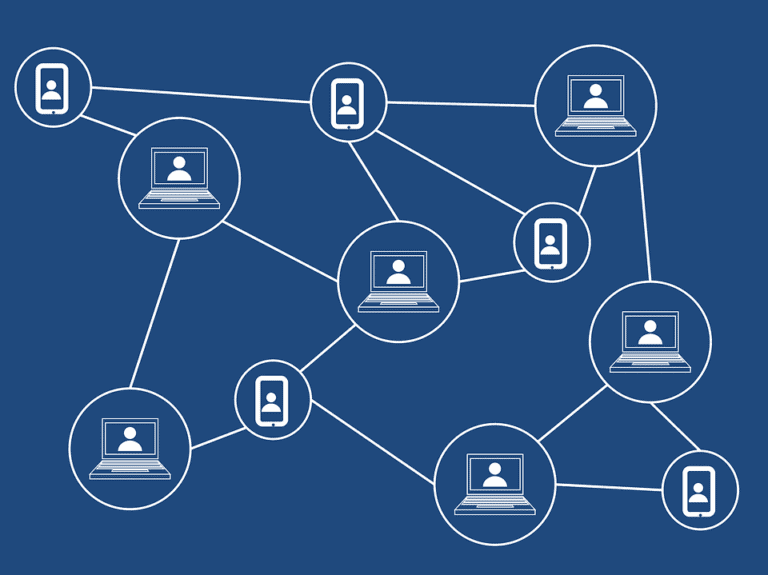eHealth Technologies Blog: Mark Lotman, Regional Vice President, eHealth Technologies
Interoperability has long been the buzz in health care. EHR Intelligence reports that the 2017 AHA’s Information Technology Supplement Survey shows that 80% percent of hospitals can now send patient summary of care records, while 74% can receive patient summary of care records from outside sources.
Sounds great, right? Then why are we still talking about interoperability?
Interoperability for the sake of checking off a box does not truly impact patient care. Access to data at the point of care is the ultimate goal. Unfortunately, the health care industry is still far from reaching that goal. The 2017 AHA survey reports that only one in four hospitals is engaged in all four interoperability domains – finding, sending, receiving, and integrating patient summary of care records from outside their health system. 83% of those hospitals have the ability to access information electronically at the point of care.
For clinicians that are caring for patients that are referred to their hospital, including many of the customers I work with, the need for access to outside medical records is immense. Without past test results, surgery reports, etc., they are unable to quickly create a care plan for their patient. Often a patient may have to come back for an additional appointment, have tests repeated, or even delay being able to schedule an appointment if medical records are not available.
Once the records (at least the ones staff can obtain) are sent to their office – then what? Clinicians could be faced with hundreds, maybe thousands of pages to go through. Are they going through paper records Electronic scanned copies of records? How long does record review take for each patient?
This is where electronic access at the point of care becomes critical. If the incoming data is tucked away in an unorganized, arbitrary location (physical or digital), it doesn’t really help a provider prepare for that initial patient appointment. Checking the box of interoperability isn’t enough. The format of how those outside records are made available to the clinician is just as important to truly impact patient care.
As the health care industry works to close the gap on interoperability capabilities, eHealth Technologies will continue to play a vital role for many hospitals. Not only do we have the ability to retrieve medical records, images, and pathology slides needed for referred patients, but we can organize and deliver them in a way that truly supports the clinicians’ day-to-day activities. In fact, as our services have evolved over the past 10 years, we have gained more and more insight on the importance of making medical records available in multiple formats. Whether it’s compiling all records in a single, categorized file with searchable keywords or dividing records into two files – one for requested records and one for non-requested records – we find that partnering closely with clinicians to understand their workflows ensures the greatest benefit for their facility.
In the future, true health care interoperability success will not only support clinicians’ needs but will positively impact patient care. As interoperability advancements continue, eHealth Technologies is committed to staying engaged with providers, evolving our products and services so we can best support their needs.
